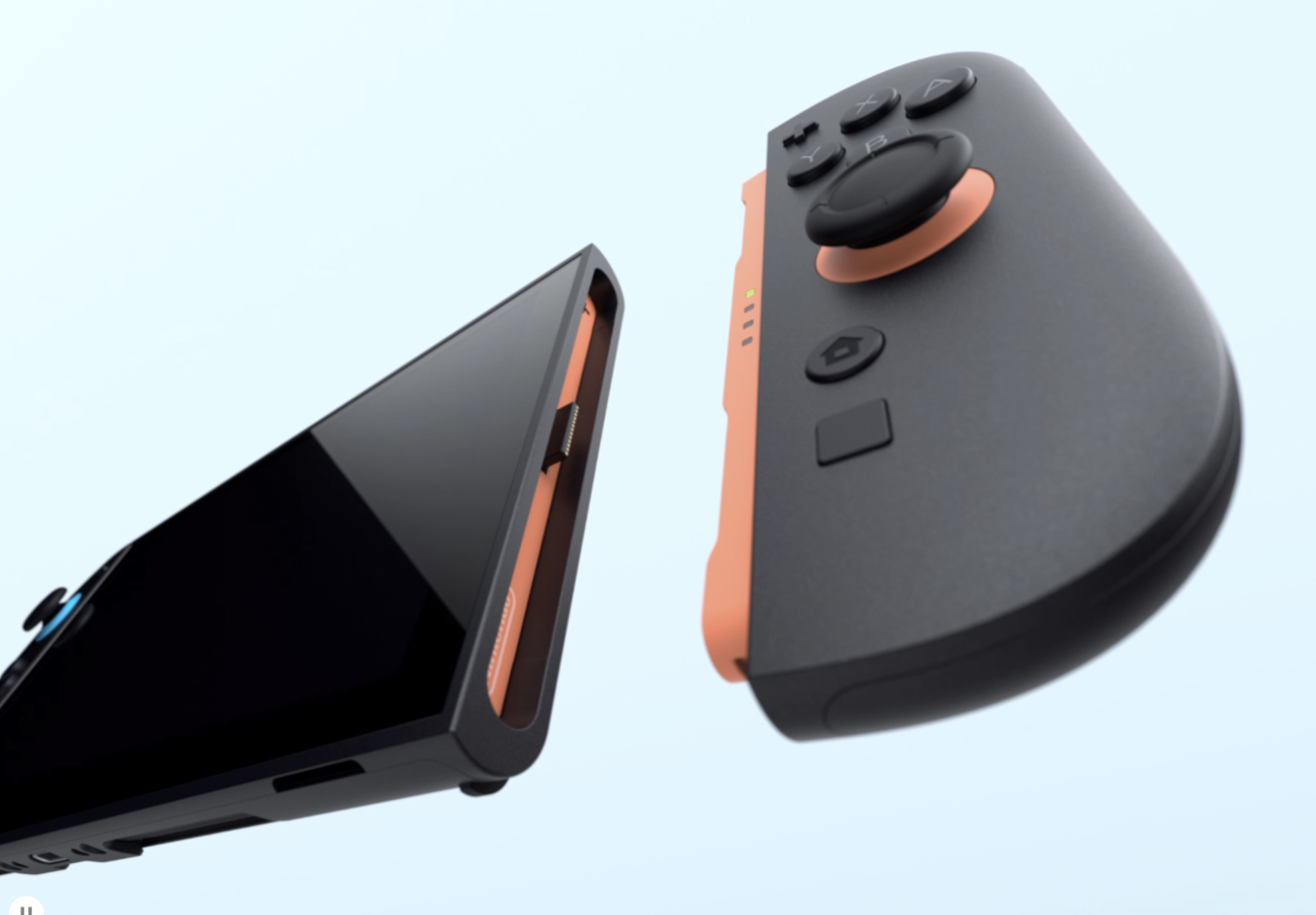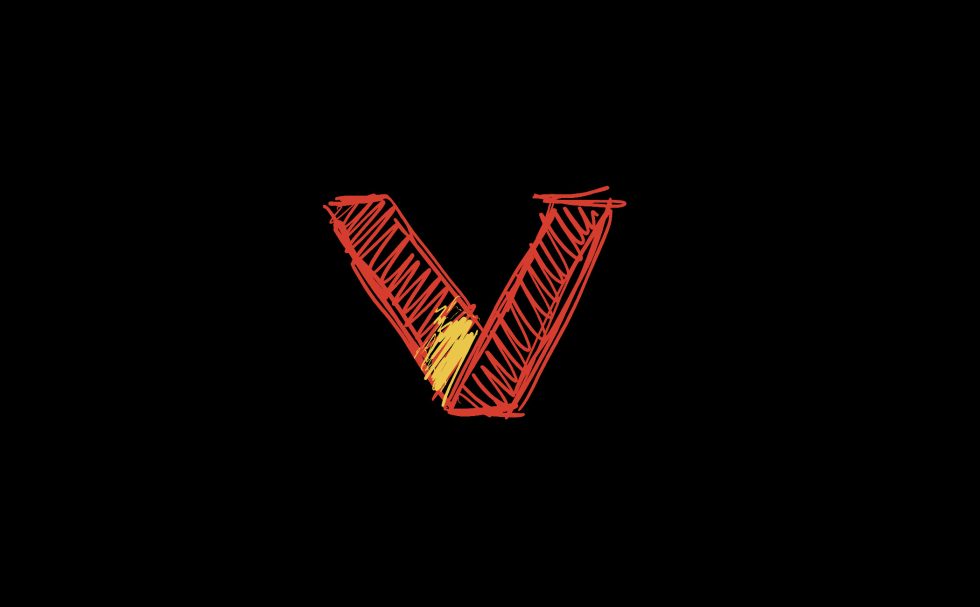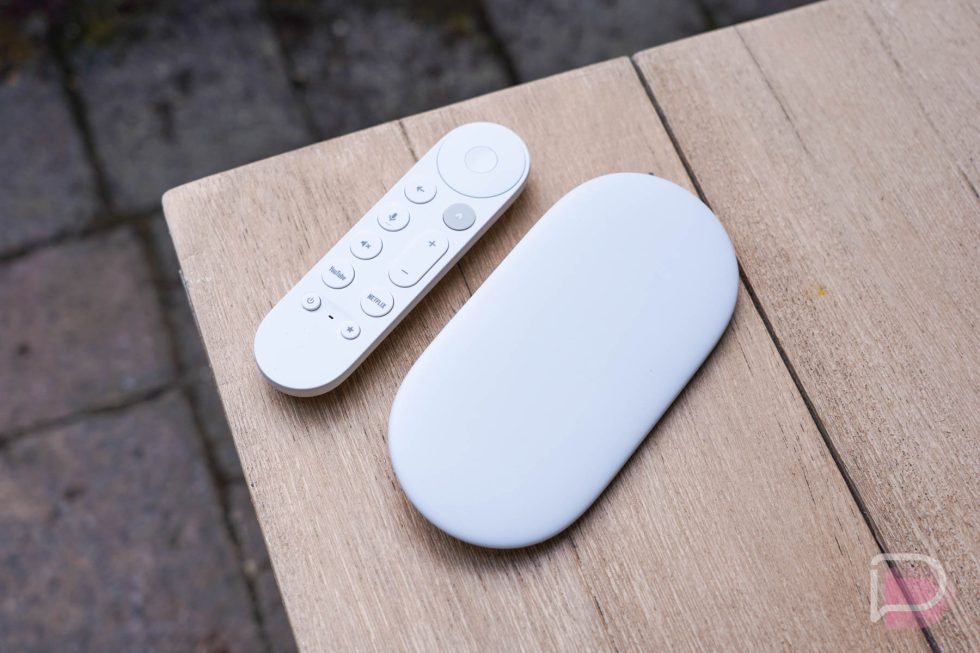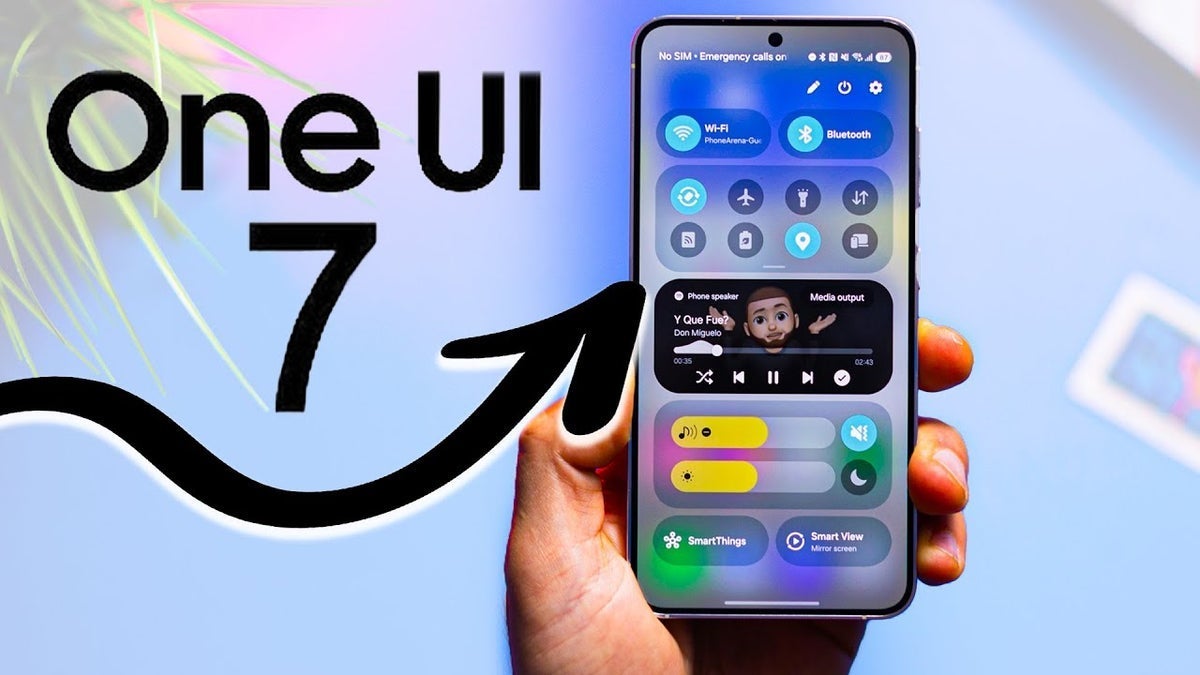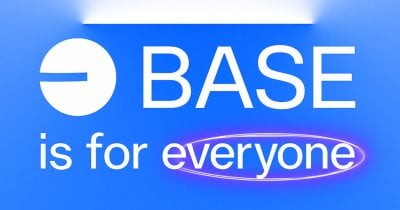Go Interfaces Explained: Why, How, and Wow!
Introduction The first time I encountered Go interfaces, I thought they were just like interfaces in Java or C#. Boy, was I wrong - and thankfully so! After 20 years in the trenches of software development, I can confidently say that Go's approach to interfaces is one of those rare language features that makes you simultaneously think "that's so simple" and "that's so powerful." If you're new to Go or still trying to wrap your head around interfaces, you're in for a treat. Today, we're going to demystify one of Go's most elegant features and see how it can transform your code from a rigid monolith to a flexible, modular masterpiece. 1. Interfaces 101: The Building Blocks of Go Flexibility Interfaces in Go are fundamentally different from what you might be used to in other languages. They're like restaurant menus - they tell you what you can order, but not how the chef will prepare it. In its simplest form, a Go interface is just a set of method signatures: type Writer interface { Write([]byte) (int, error) } Here's the kicker that blows most newcomers' minds: you don't explicitly declare that you implement an interface in Go. If your type has the methods required by an interface, it automatically satisfies that interface. No inheritance, no implements keyword, no ceremony. // ConsoleWriter implements Writer without explicitly saying so type ConsoleWriter struct{} func (cw ConsoleWriter) Write(data []byte) (int, error) { n, err := fmt.Println(string(data)) return n, err }

Introduction
The first time I encountered Go interfaces, I thought they were just like interfaces in Java or C#. Boy, was I wrong - and thankfully so! After 20 years in the trenches of software development, I can confidently say that Go's approach to interfaces is one of those rare language features that makes you simultaneously think "that's so simple" and "that's so powerful."
If you're new to Go or still trying to wrap your head around interfaces, you're in for a treat. Today, we're going to demystify one of Go's most elegant features and see how it can transform your code from a rigid monolith to a flexible, modular masterpiece.
1. Interfaces 101: The Building Blocks of Go Flexibility
Interfaces in Go are fundamentally different from what you might be used to in other languages. They're like restaurant menus - they tell you what you can order, but not how the chef will prepare it.
In its simplest form, a Go interface is just a set of method signatures:
type Writer interface {
Write([]byte) (int, error)
}
Here's the kicker that blows most newcomers' minds: you don't explicitly declare that you implement an interface in Go. If your type has the methods required by an interface, it automatically satisfies that interface. No inheritance, no implements keyword, no ceremony.
// ConsoleWriter implements Writer without explicitly saying so
type ConsoleWriter struct{}
func (cw ConsoleWriter) Write(data []byte) (int, error) {
n, err := fmt.Println(string(data))
return n, err
}











































































































































































![[The AI Show Episode 144]: ChatGPT’s New Memory, Shopify CEO’s Leaked “AI First” Memo, Google Cloud Next Releases, o3 and o4-mini Coming Soon & Llama 4’s Rocky Launch](https://www.marketingaiinstitute.com/hubfs/ep%20144%20cover.png)
















































































































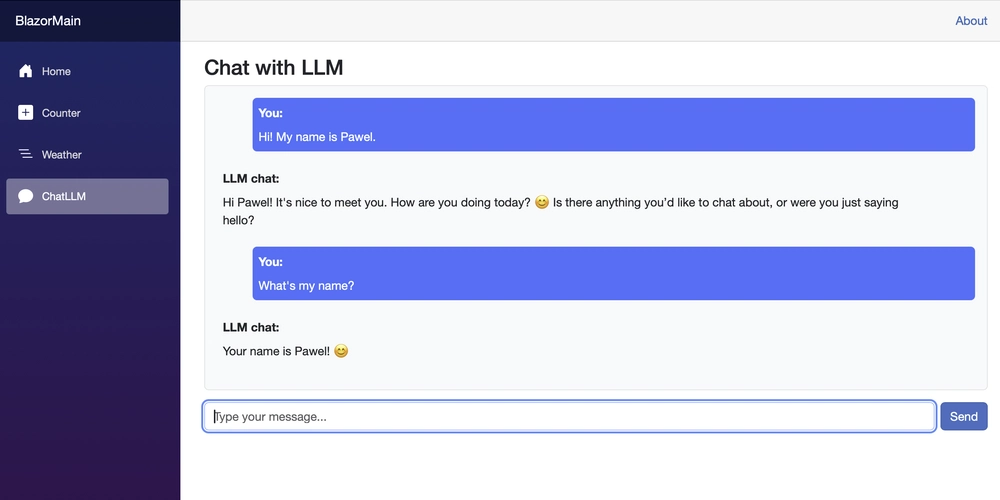

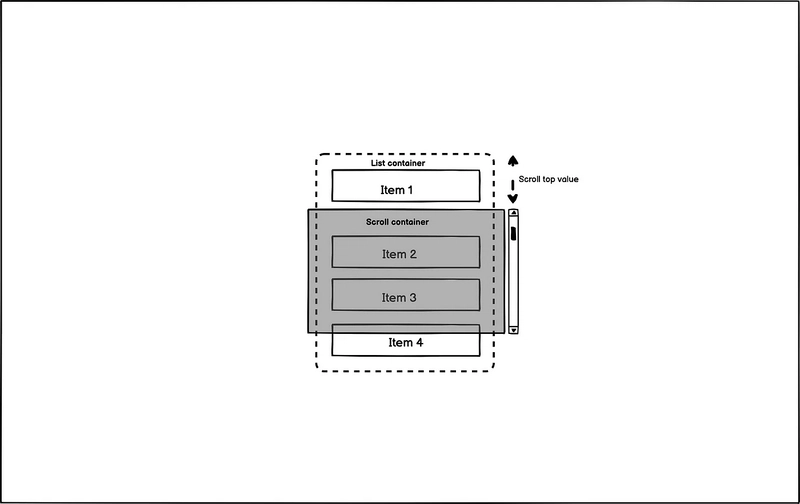























































































![GrandChase tier list of the best characters available [April 2025]](https://media.pocketgamer.com/artwork/na-33057-1637756796/grandchase-ios-android-3rd-anniversary.jpg?#)











































.png?width=1920&height=1920&fit=bounds&quality=70&format=jpg&auto=webp#)


























.webp?#)





































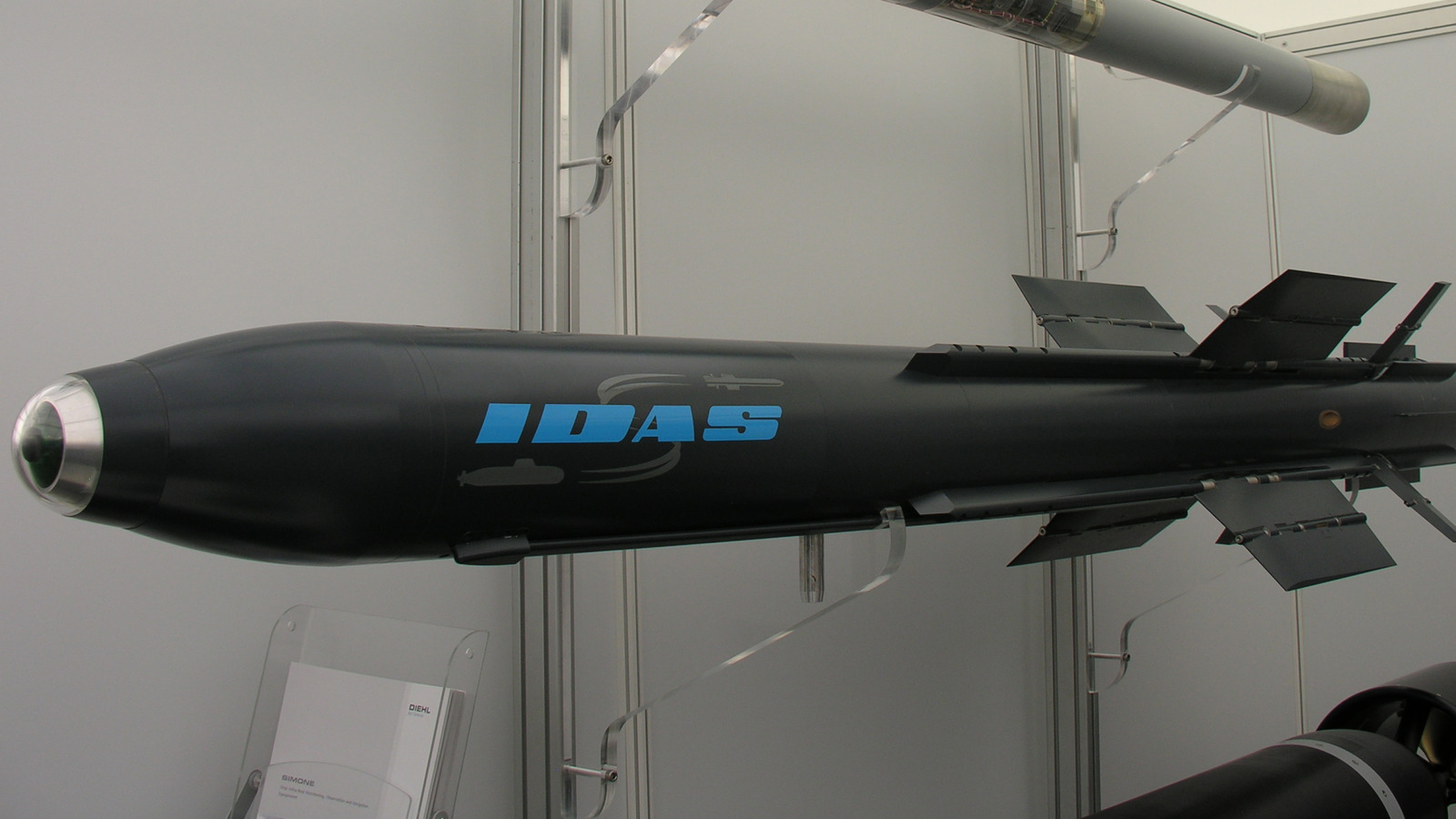





































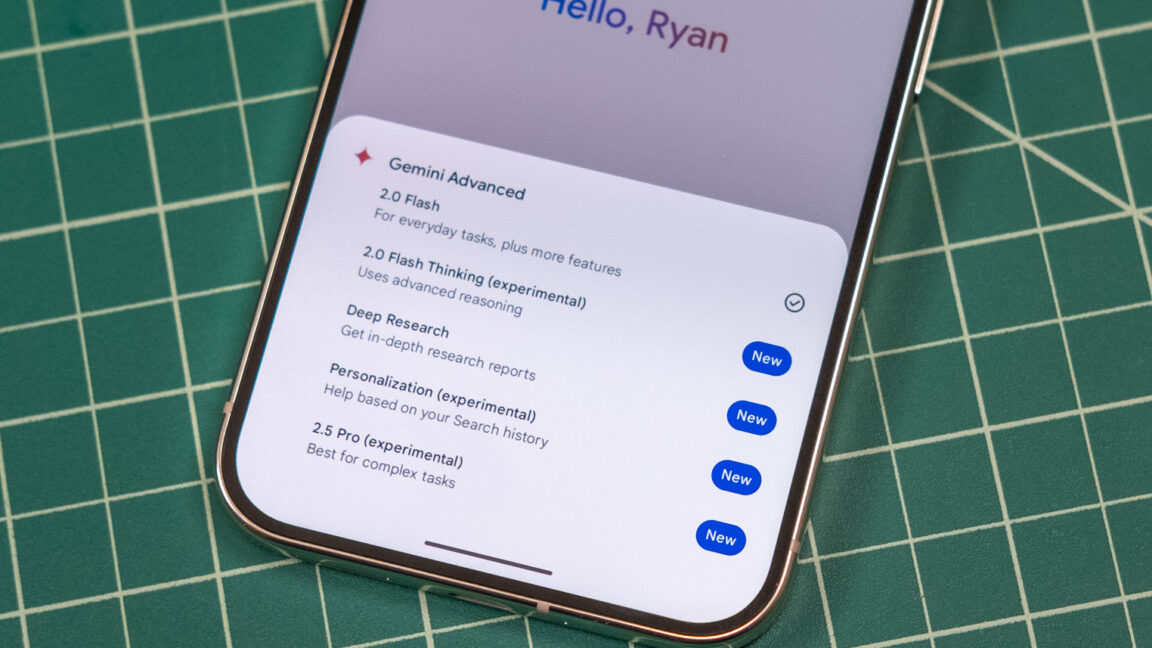






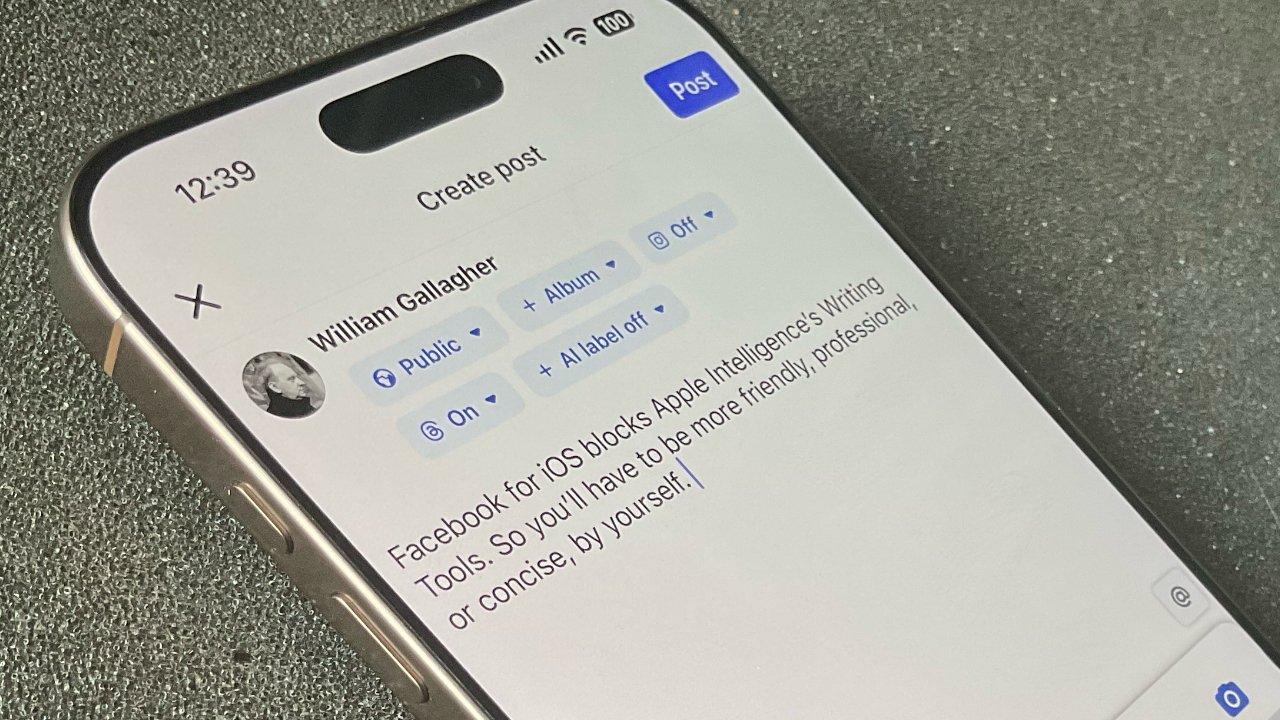
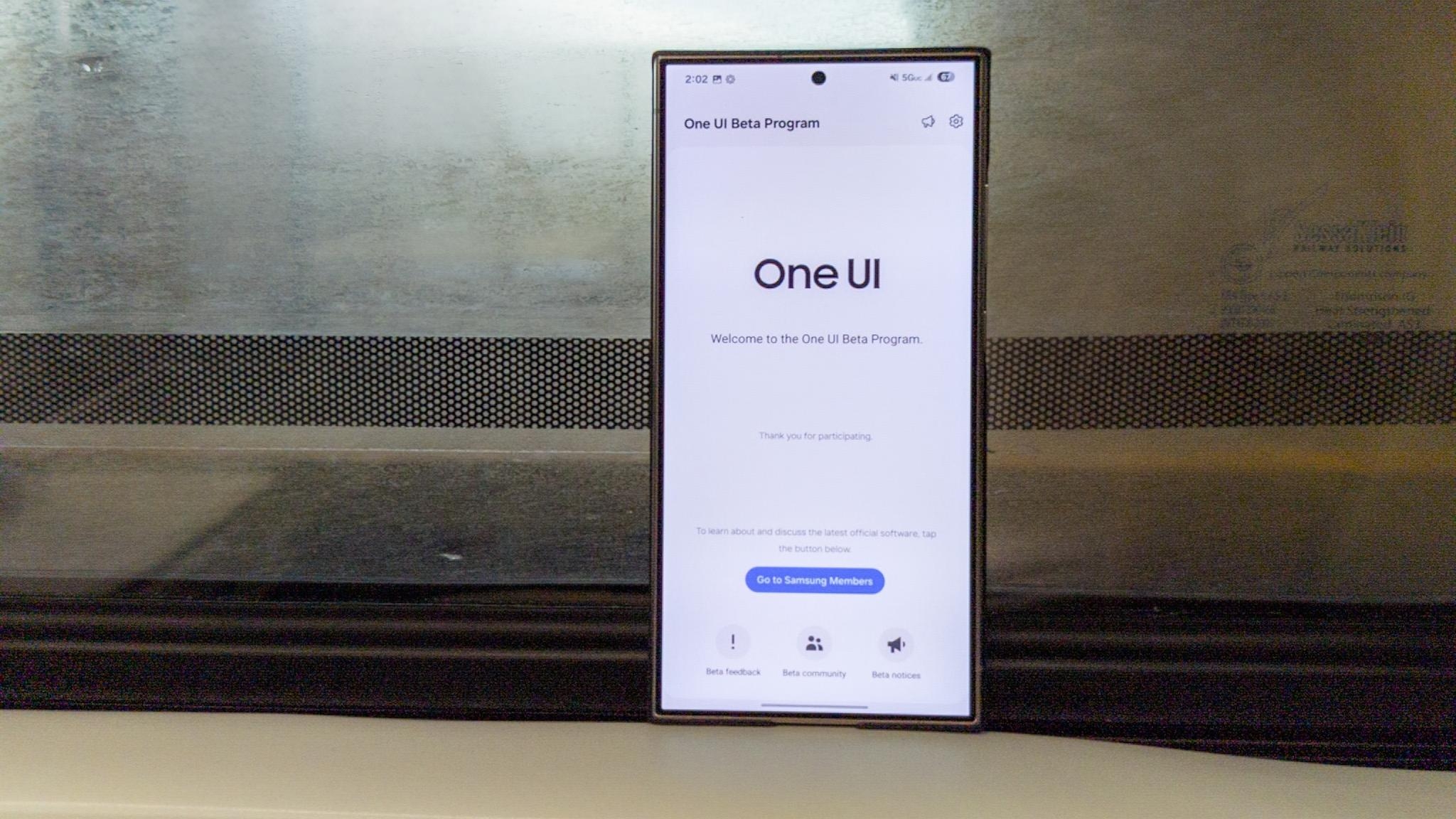
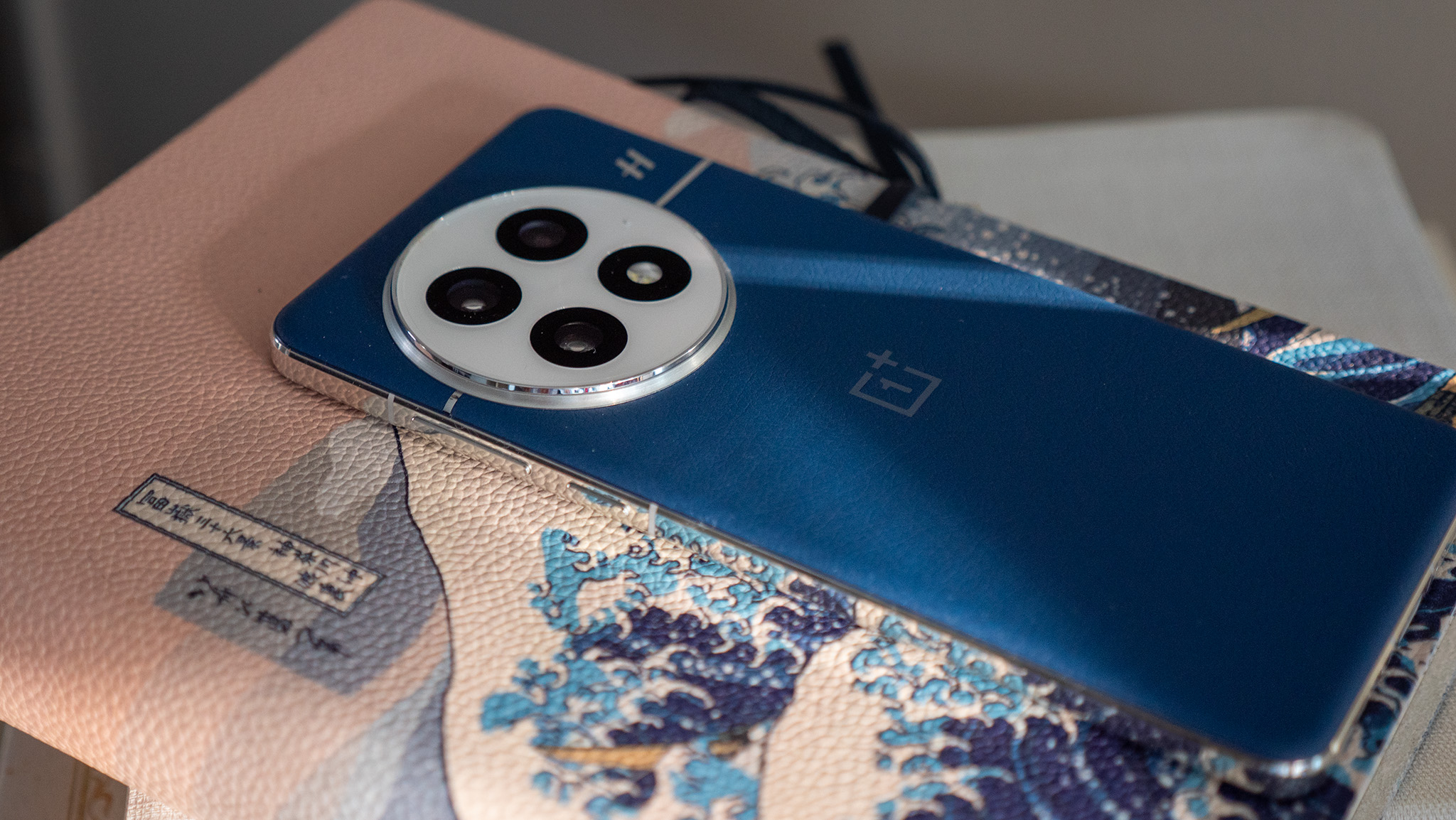
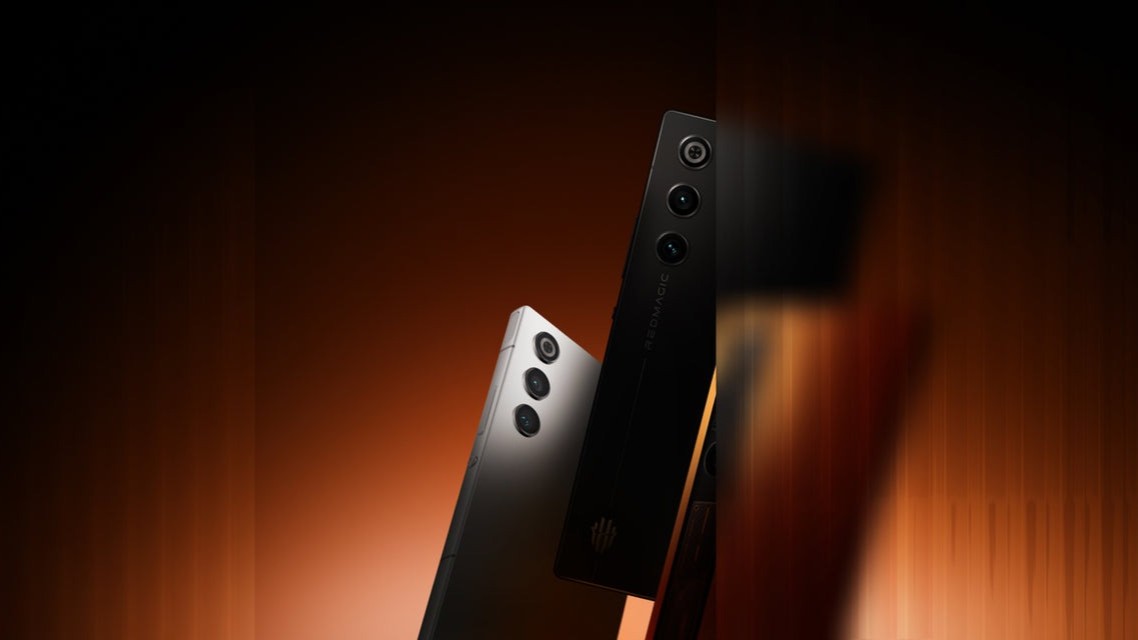



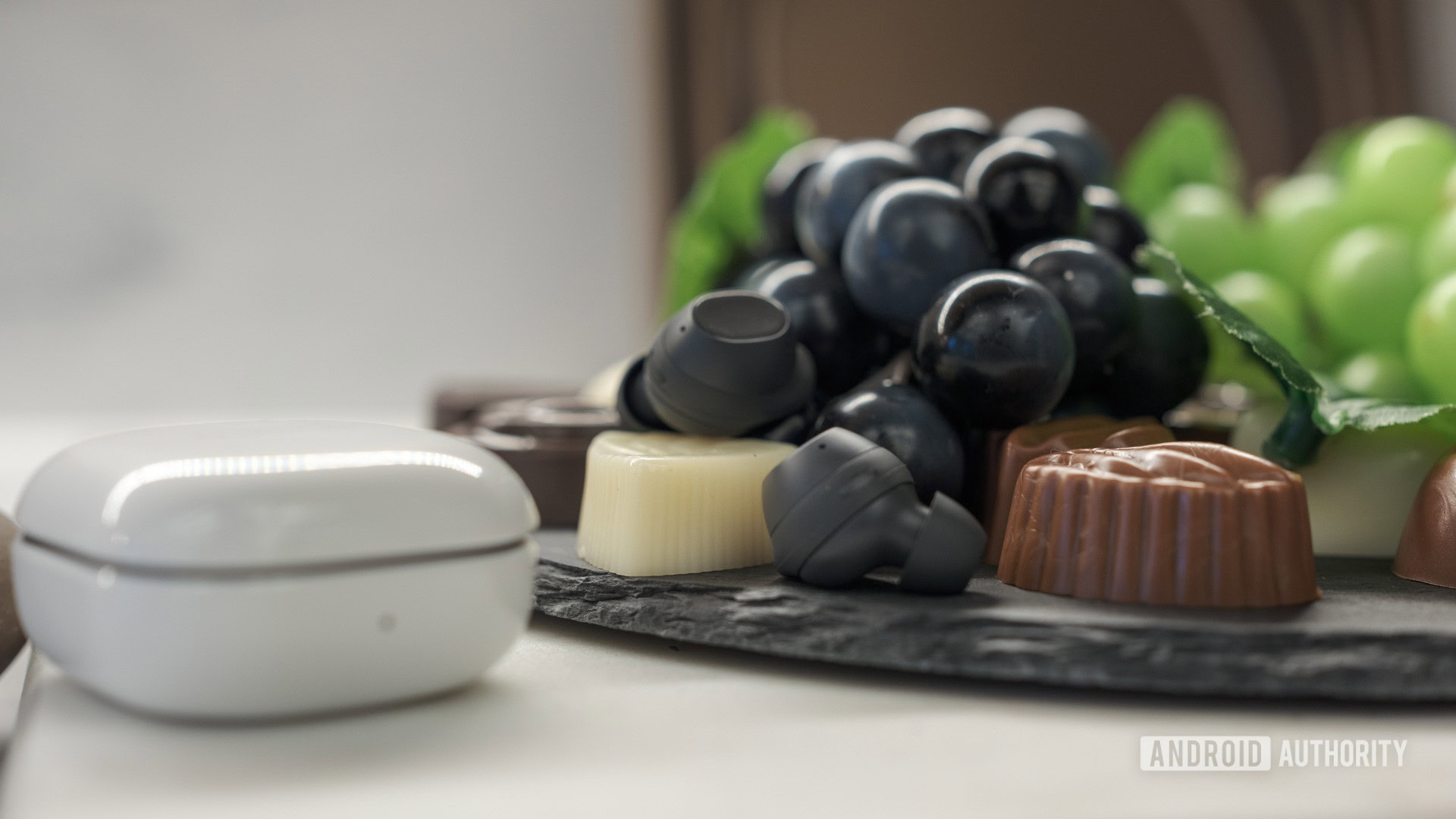
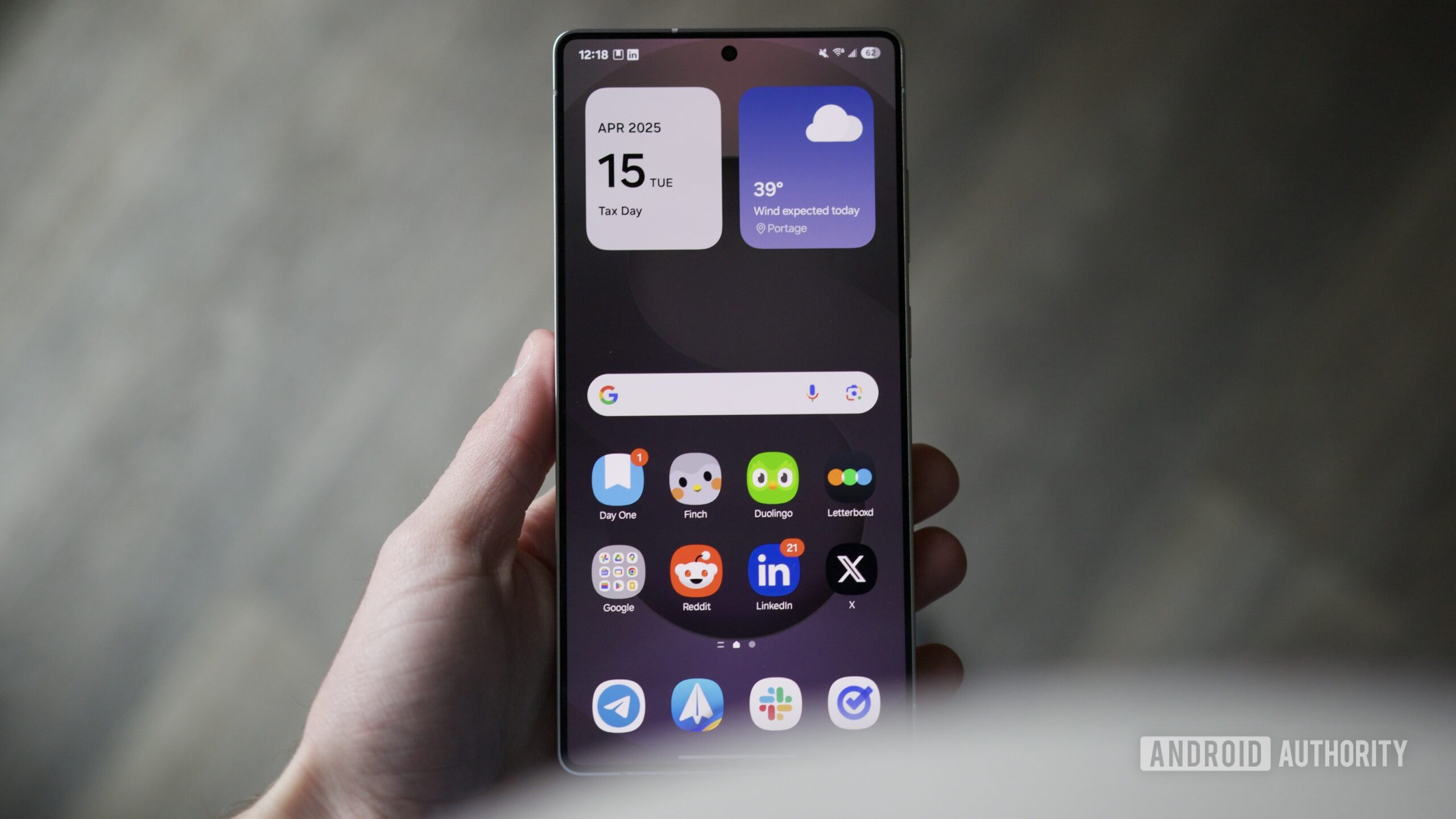















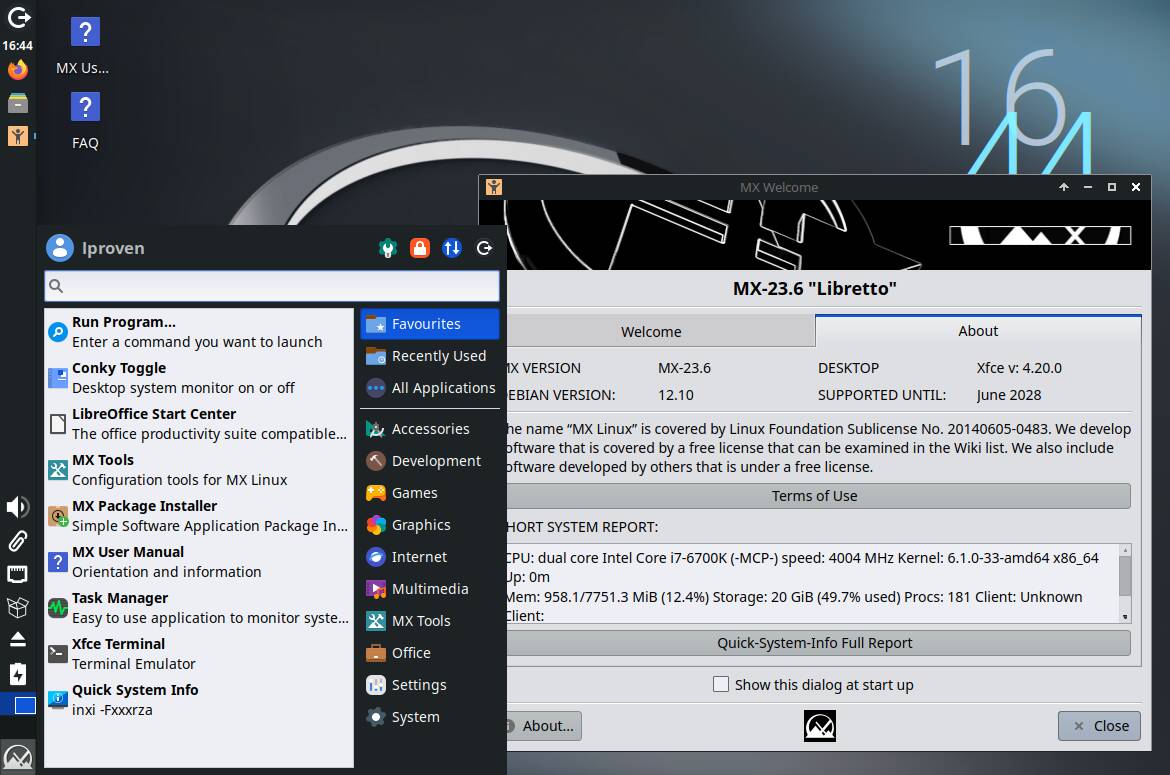



![New Beats USB-C Charging Cables Now Available on Amazon [Video]](https://www.iclarified.com/images/news/97060/97060/97060-640.jpg)

![Apple M4 13-inch iPad Pro On Sale for $200 Off [Deal]](https://www.iclarified.com/images/news/97056/97056/97056-640.jpg)



















